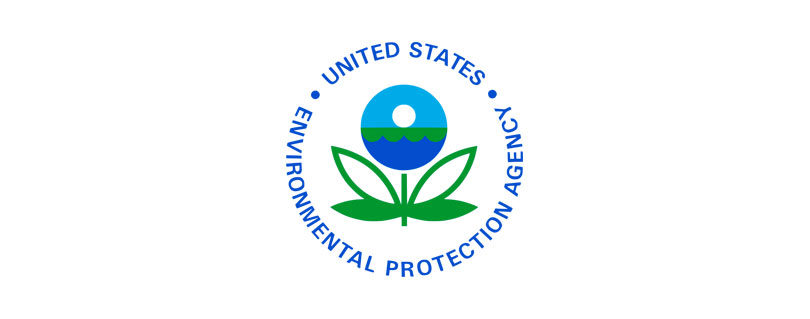Biden-Harris Administration Announces $500,000 for Community Air Pollution Monitoring Project in Mississippi
Publilshed by the U.S. Environmental Protection Agency (EPA)
JACKSON, Miss. (November 3, 2022) — Today, the U.S. Environmental Protection Agency (EPA) has selected Mississippi Department of Environmental Quality (MDEQ) to receive funding to conduct community air quality monitoring in the Cherokee Community. The grant is one of 132 air monitoring projects in 37 states will receive $53.4 million from President Biden’s Inflation Reduction Act and American Rescue Plan to enhance air quality monitoring in communities across the United States. The projects are focused on communities that are underserved, historically marginalized, and overburdened by pollution, supporting President Biden’s Justice40 Initiative.
“These grants will give communities in the Southeast the tools they need to better understand air quality challenges in their neighborhoods,” said EPA Region 4 Administrator Daniel Blackman. “EPA’s investment in ARP funding will not only advance the agency’s mobile air monitoring labs and air sensor loan programs but improve the agency’s ability to support communities in need of short-term monitoring and air quality information.”
“I am thrilled to support the work that the U.S. Environmental Protection Agency (EPA) is achieving for the area in my district,” said Congressman Bennie Thompson. “The $500,000 awarded to the Mississippi Department of Environmental Quality will determine whether air quality problems exist, the associated level of risk to the community, and opportunities to mitigate such risk, including the identification of possible sources of elevated concentrations. The work that EPA is completing is remarkable and phenomenal. This investment will give the business the growth that is needed.”
The main objective and expected outputs of this project are the measurement of ambient concentrations of the air pollutants of greatest concern in the Cherokee Community, as identified by EPA, ATSDR, NEIC, and area citizens, for a period of one year to evaluate whether measured concentrations indicate the presence of an air quality problem that could impact human health. Activities include project planning with community partners, air monitoring, data evaluation, reporting, and public engagement during all stages of the project (i.e., planning, sample collection, and communication of results and next steps). Projected outcomes include the determination of whether air quality problems exist, the associated level of risk to the community, and opportunities to mitigate such risk including identification of possible sources of elevated concentrations.
The air pollution monitoring projects are made possible by more than $30 million in Inflation Reduction Act funds, which supplemented $20 million from the American Rescue Plan and enabled EPA to support 77 additional projects, more than twice the number of projects initially proposed by community-based nonprofit organizations, state and local governments, and Tribal governments.
These grant selections further the goals of President Biden’s Justice40 Initiative and Executive Order, Tackling the Climate Crisis at Home and Abroad, which directed that 40 percent of the overall benefits of certain Federal investments flow to overburdened communities that face disproportionately high and adverse health and environmental impacts. By enhancing air monitoring and encouraging partnerships with communities, EPA is investing in efforts to better protect people’s health, particularly those in underserved communities.
EPA will start the process to award the funding by the end of 2022, once the grant applicants have met all legal and administrative requirements. Grantees will have three years to spend the funds from the time EPA awards the grants.
See the full list of applications selected for award.
Background
In spring 2021, Congress passed the American Rescue Plan, providing EPA with a one-time supplemental appropriation of $100 million to address health outcome disparities from pollution and the COVID-19 pandemic. Half of that $100 million, was dedicated to air quality monitoring. EPA Regions began awarding nearly $22.5 million from this appropriation in 2022 as direct awards to state, tribal, and local air agencies for continuous monitoring of fine particle and other common pollutants. In addition, EPA Regions are in the process of procuring monitoring equipment using $5 million in American Rescue Plan funding to advance the EPA Regional Offices’ mobile air monitoring capacity and establish air sensor loan programs. . These investments will improve EPA’s ability to support communities that need short-term monitoring and air quality information.
In July 2021, EPA announced the $20 million American Rescue Plan Enhanced Air Quality Monitoring for Communities Grant Competition. The goal of this competition was to improve air quality monitoring in and near underserved communities across the United States, support community efforts to monitor their own air quality, and promote air quality monitoring partnerships between communities and tribal, state, and local governments. EPA received more than 200 applications in response to the competition.
The Inflation Reduction Act of 2022 provides funding to EPA to deploy, integrate, support, and maintain fenceline air monitoring, screening air monitoring, national air toxics trend stations, and other air toxics and community monitoring. Specifically, the Inflation Reduction Act provides funding for grants and other activities under section 103 and section 105 of the Clean Air Act. EPA is using approximately $32.3 million of this funding to select 77 high-scoring community monitoring applications.
###
Read the full article at: https://www.epa.gov/newsreleases/biden-harris-administration-announces-500000-community-air-pollution-monitoring


